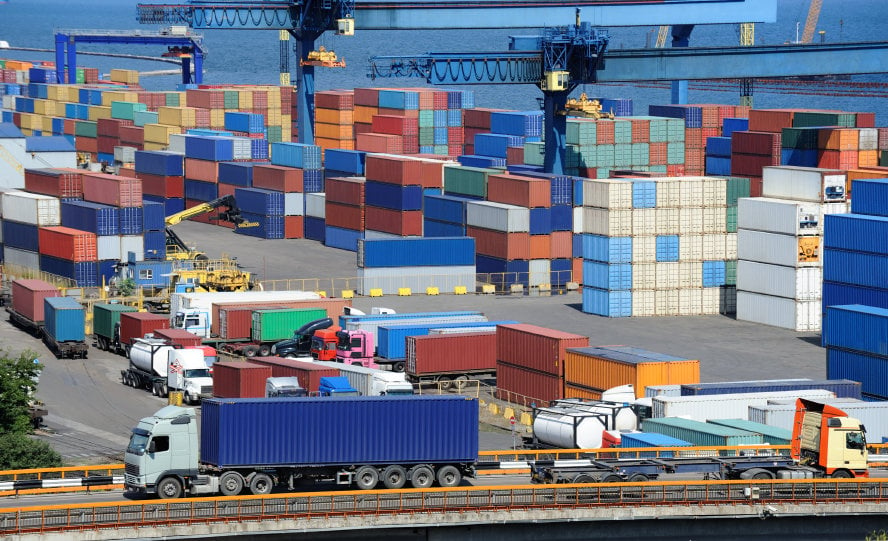Ever since 2013, the Belt and Road Initiative in China has been gaining great attention. In an attempt to stabilize their own economy as well as the global economy, China’s Belt and Road Initiative has proposed an innovative mode of cooperation that is expected to stimulate trade and money flow between countries. You might ask how China can single-handedly spark the economic growth of the world, but when you realize that they contributed over 30 percent of the global economic growth last year, you begin to see this task as achievable. By increasing connectivity to other countries throughout the world, China hopes to create new markets for their own products and services while simultaneously stimulating the regional economy of various international hubs.
The structure of the Belt and Road Initiative is planned to create multiple economic corridors that would encompass more than 60 countries all over Asia, Africa, and even Europe. The Belt and Road network will stretch from Xi’an in central China through Asia all the way to Moscow, Rotterdam, and Venice. Essentially the Belt and Road Initiative is an economic partnership with multiple rings interconnecting with one another. President Xi Jingping of China envisions the initiative as a “chorus” that will bring both economic union and political community together based on common interests and cultural identity. The togetherness that President Xi Jinping is referring to can be witnessed already in the bilateral co-funding commitments that have been made between China and several other countries, the largest which has come from Pakistan at $46 billion to renovate and update the major ports of Karachi, Gwadar, and Qasim. In order for these objectives to be achieved, however, it will be important for participating countries of the Belt and Road Initiative to connect based on policy consultation, infrastructure connectivity, free trade, free circulation of local currencies, and people to people connectivity.
To further make these connections possible, China has seen a total of $1.2 trillion invested in infrastructure alone such as roads, rails, and ports. This large investment has been contributed from lenders such as the Asian Infrastructure Investment Bank, the Silk Road Fund, as well as a host of Chinese commercial banks and financial institutions. The state-owned China Development Bank alone has invested approximately $900 billion in Belt and Road projects across 60 countries much in thanks to its large balance sheets. Despite the large scale investment that many countries are willing to make in the Belt and Road Initiative, the extent of the impact of the project will be determined by the success of the various projects as well as how poorer countries with weak economic conditions can manage and take advantage of the globalization tool China has created. As Rajiv Biswas, IHS Chief Executive Economist for the Asia-Pacific region, stated, “Historically, we see that some countries, including Pakistan, have had difficulties making repayments. While the AIIB will most likely be very cautious in structuring loans, there could be problems with state owned banks.” Really the ability of various countries to pay back the money China has invested in time will fully tell how successful the Belt and Road Initiative was for them. Despite the risk that China is taking in lending out as much money as it is, there is no doubting that the potential rewards of the Belt and Road Initiative can help to boost the global economy significantly by making the logistics world of so many countries more convenient and fruitful.




